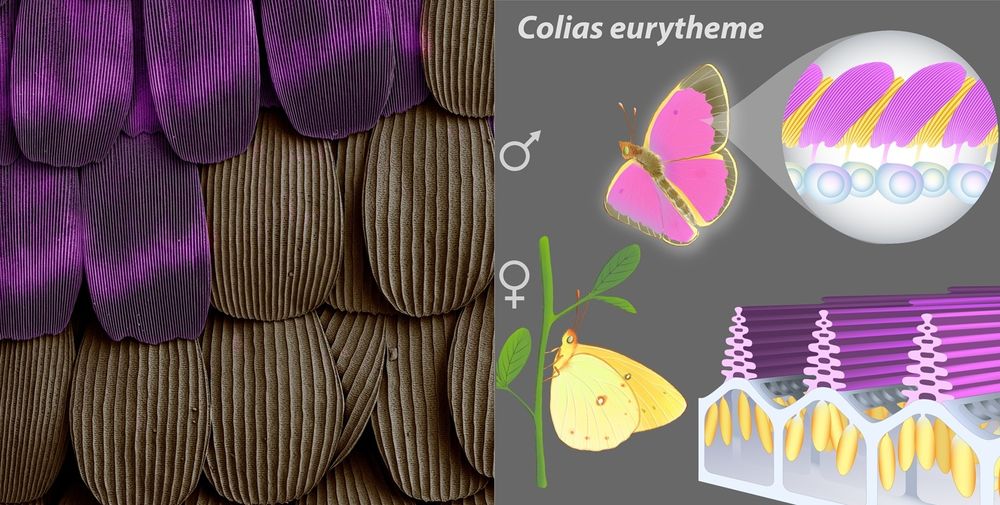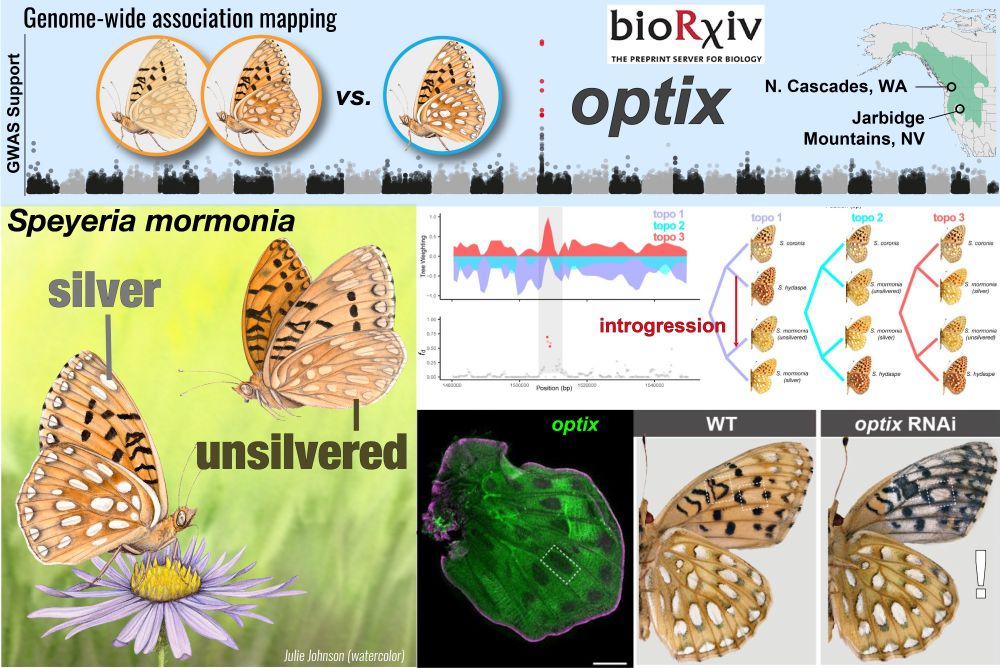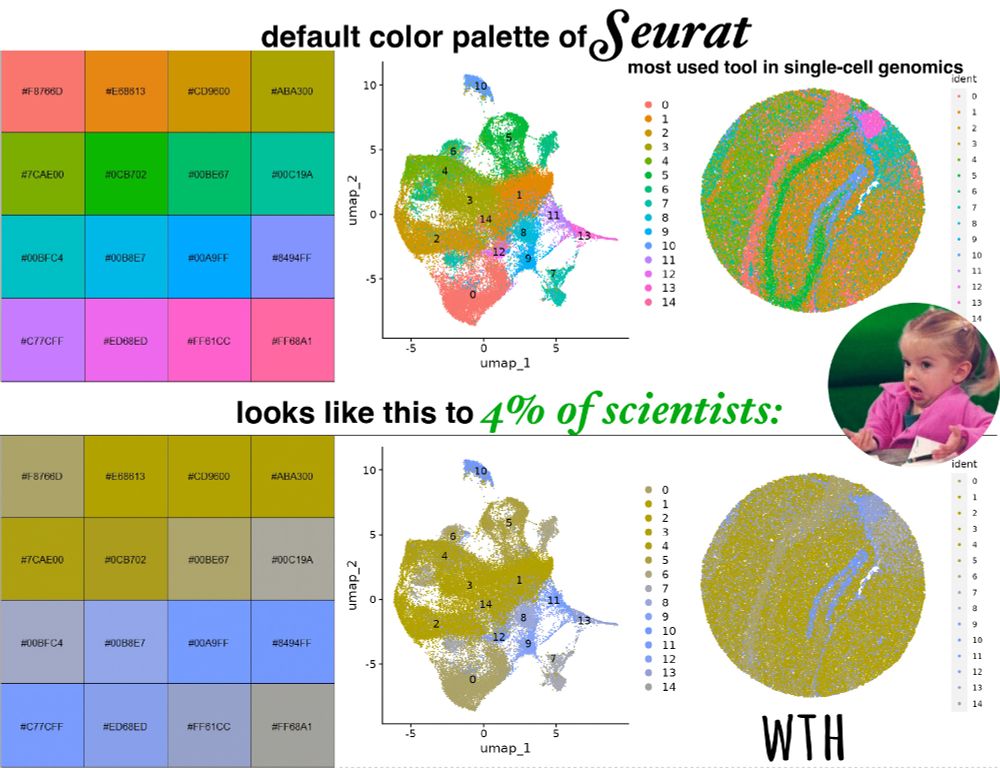Jasmine Alqassar
@jasminealqassar.bsky.social
430 followers
380 following
7 posts
PhD Student at GWU Biology interested in the Evo Devo of lepidopteran silk & salivary glands | she/her
Posts
Media
Videos
Starter Packs
Reposted by Jasmine Alqassar
Reposted by Jasmine Alqassar
Reposted by Jasmine Alqassar
Reposted by Jasmine Alqassar
Reposted by Jasmine Alqassar
Reposted by Jasmine Alqassar
Reposted by Jasmine Alqassar
Arnaud Martin
@evolvwing.bsky.social
· Apr 2

The 12th international Workshop on molecular biology and genetics of the Lepidoptera
REGISTRATION NOW OPEN We are delighted to invite you to join us at the Orthodox Academy of Crete, set just outside the lovely Cretan village Kolymbari, for a stimulating and enriching event. With 150 ...
events.gwdg.de
Reposted by Jasmine Alqassar
Joe Hanly
@hanliconius.bsky.social
· Mar 7
Reposted by Jasmine Alqassar
Reposted by Jasmine Alqassar
Reposted by Jasmine Alqassar
Frank Ashwood
@frankashwood.bsky.social
· Nov 27
Reposted by Jasmine Alqassar
Reposted by Jasmine Alqassar
Reposted by Jasmine Alqassar
Joe Hanly
@hanliconius.bsky.social
· Nov 12









